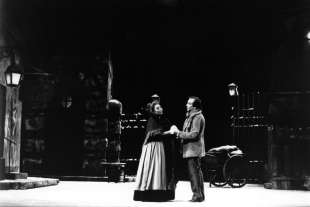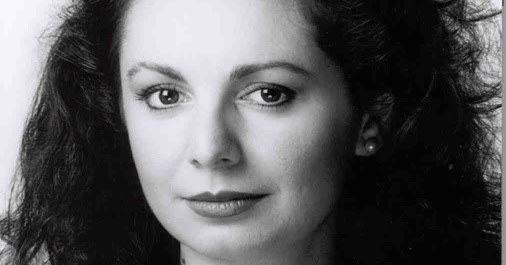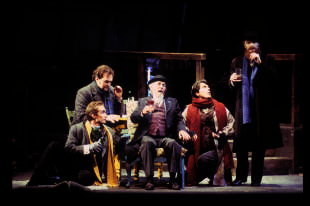

Which is not actually when the book takes place.the book is fifty years earlier. The choice was made to set the opera in the 1890s, around the time of composition. Sometimes in costumes something appears functional but it’s not. The men’s coats, vests, and trousers all have fully-functioning pockets. Martin’s designs were superbly specific to the era. It was a hot summer and we were working with all those wools and velvets. Musetta’s big yellow dress is iconic for this production of Bohème but the guys look very smart, too. We were split between dress-makers and tailors, producing the women’s garments and the men’s garments.īrandie Sutton in Musetta's Act 2 Costume It was a great group, well-managed by some longtime employees of Seattle Opera. She might have been building her own little pink hat. In the story of La bohème Mimì is a seamstress.sounds like where she would go to work.Įxactly. It was an old 1920s-30s building without air conditioning, so the windows would be wide open in the summertime, and we’d hear all the sounds of everybody enjoying the Fun Forest at Seattle Center. They called it the “Center House.” We had a lot of space up there on the Fourth Floor. What was it like to work in the Costume Shop in those days? They were over in the building that’s now the Armory, in those days the “Food Circus.” It was a huge crew, with many artisans from different theaters in Seattle.

Thirty years ago! Summer of 1991, I was a cog in the wheel of building these exquisite costumes. You’re working Wardrobe now but you also worked at the Costume Shop when these amazing La bohème costumes were first created. We are there for them, for whatever comes up.

It’s an intimate collaboration: you’re in the dressing rooms with them, sort of their ground crew. (Sometimes that’s little candies or mints or something like that.)

And in addition to getting the costumes on and off we support the performers in their performance: getting them dressed on time, making sure they’re comfortable, making sure they have water or whatever they need for their vocal production. So it’s Applied Costuming getting the costumes on this particular group of people, for this staging of the show. That sometimes involves specific rigging, if there’s a quick-change.as we go forward in the rehearsal process you often find out those little specific things. We make the costumes work for the production. The Costume crew is a group of artisans that have skills in building, fitting, altering costumes tailoring, dress-making and all things in between: millinery work and there’s often some footwear that needs to be modified or built, depending on the production. Mary, what’s the difference between working on the Costume crew and the Wardrobe crew?ĭifferent skill set in many cases.


 0 kommentar(er)
0 kommentar(er)
